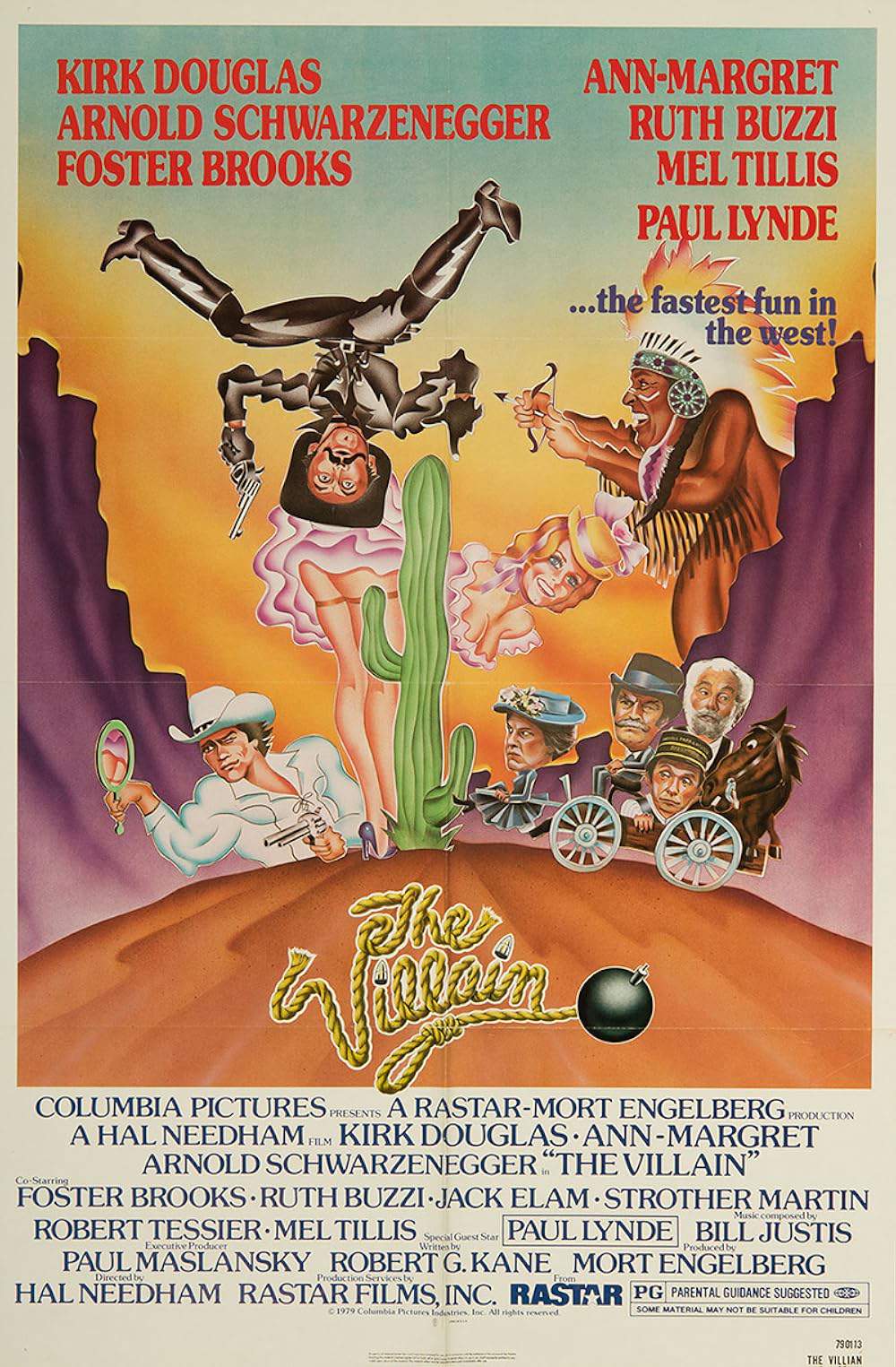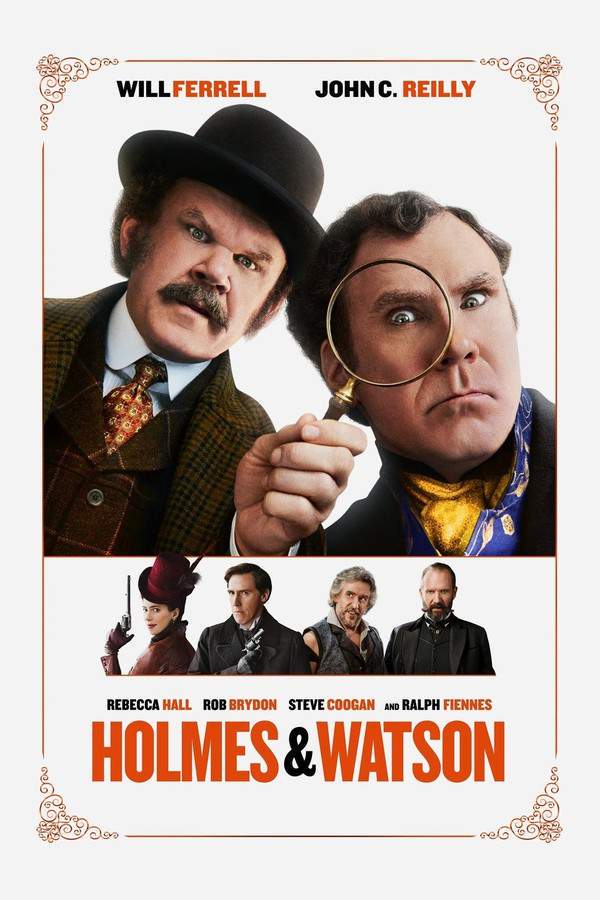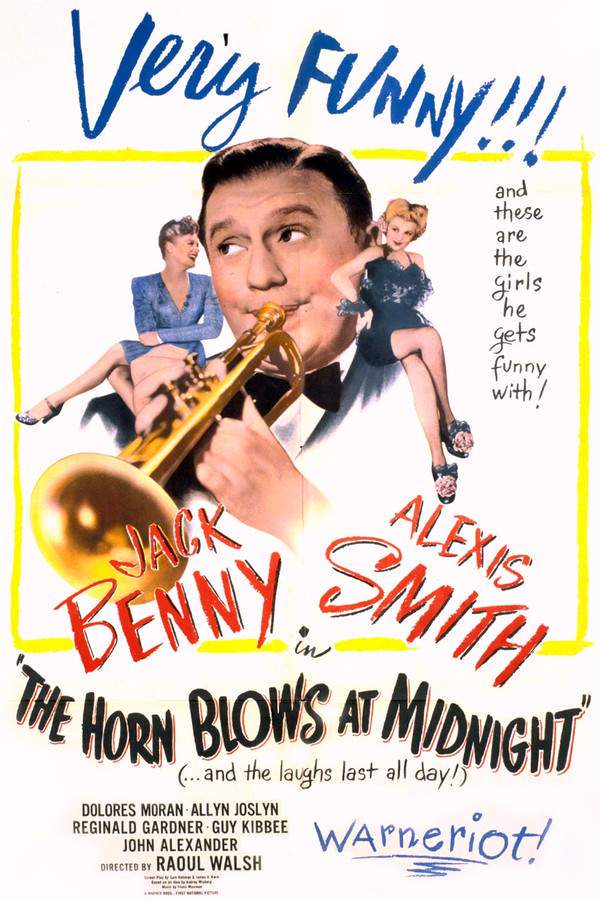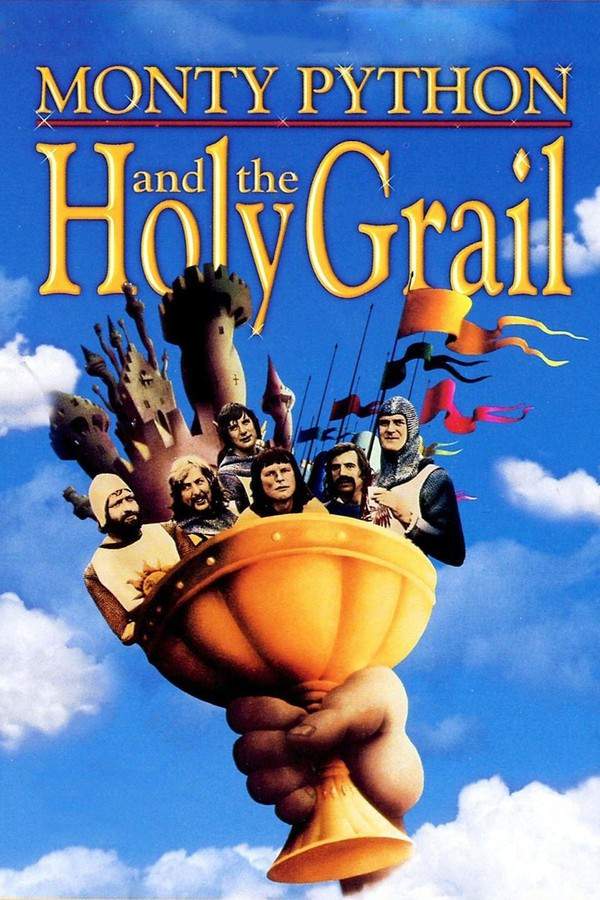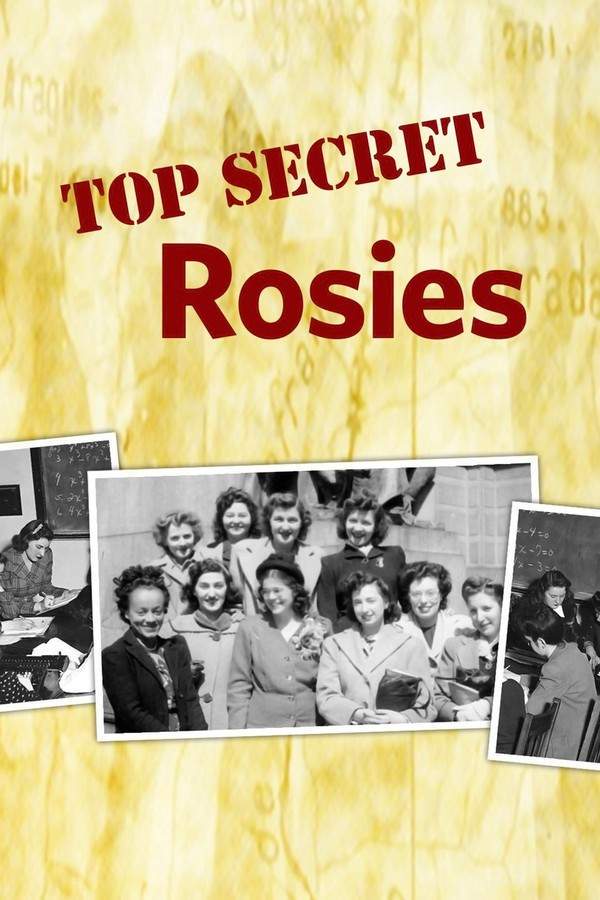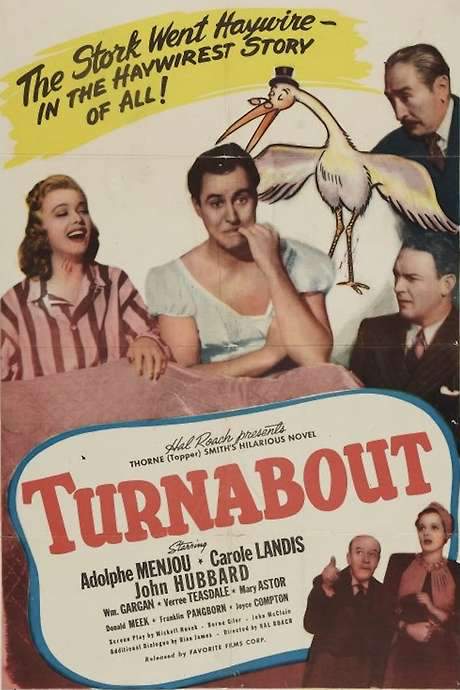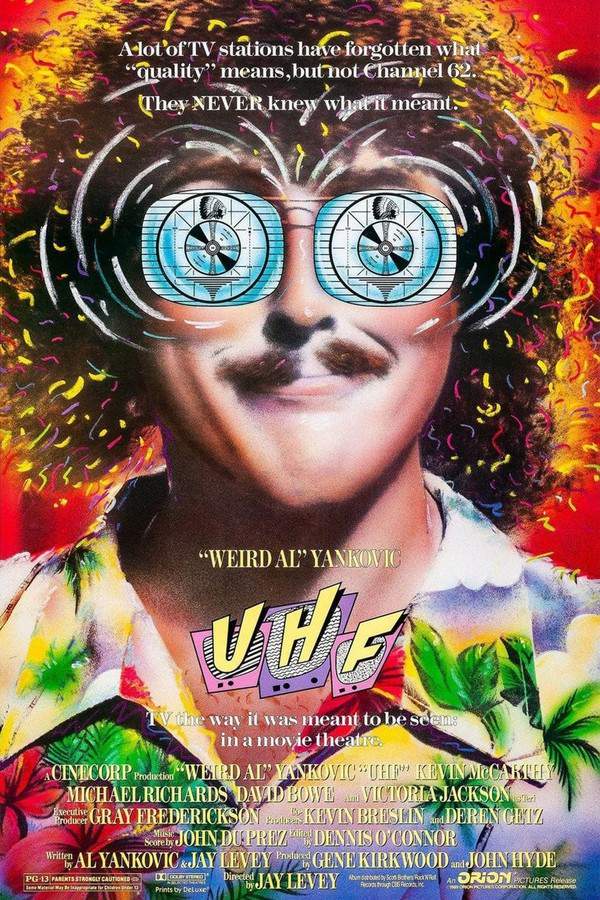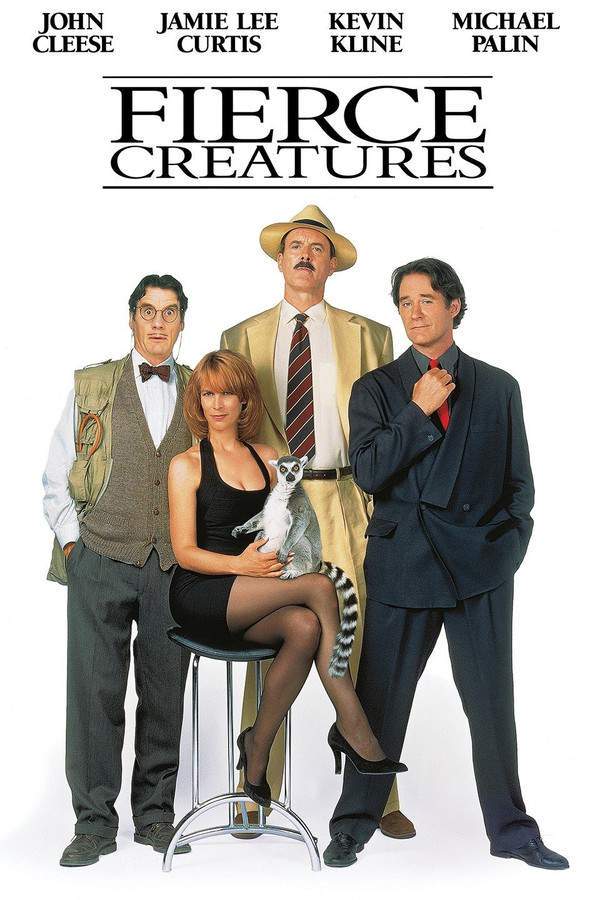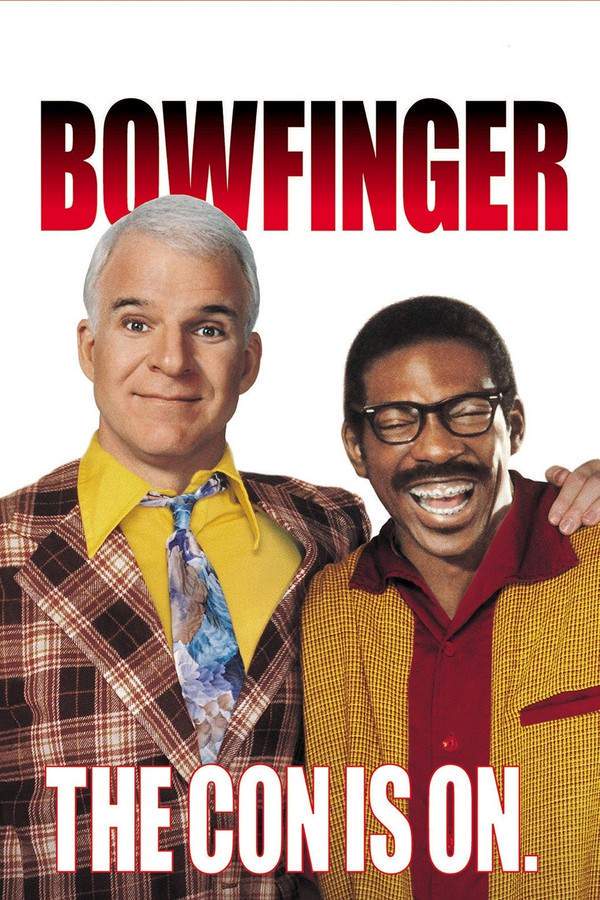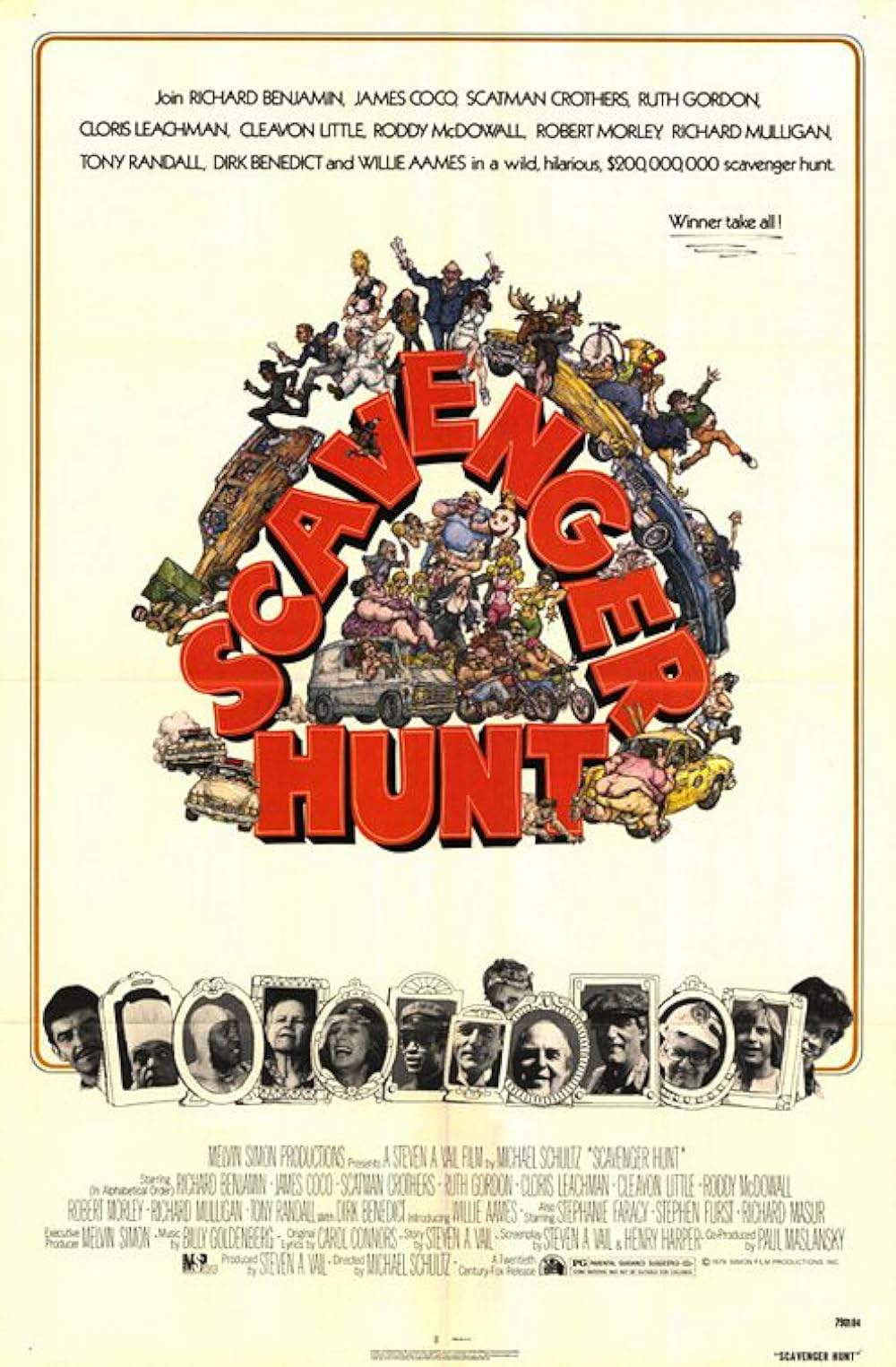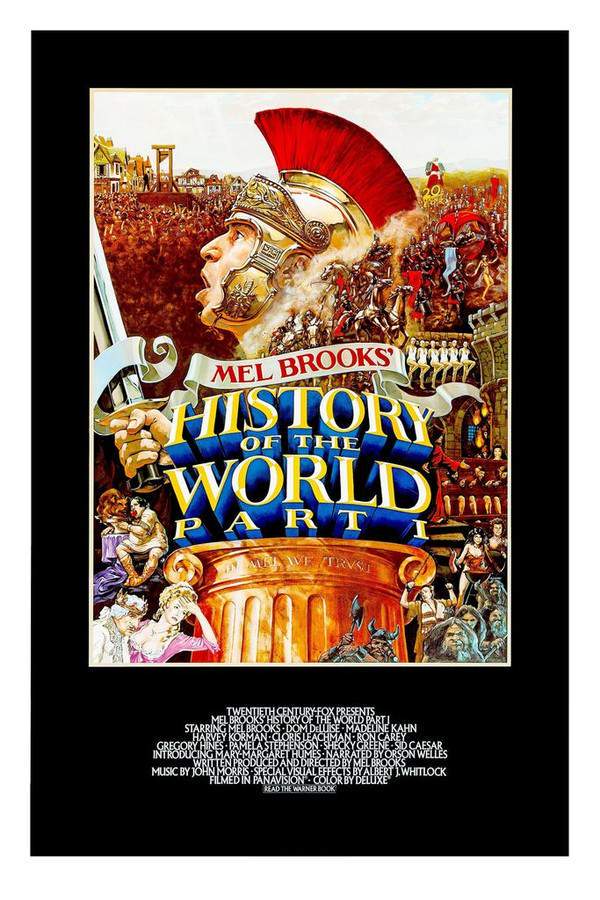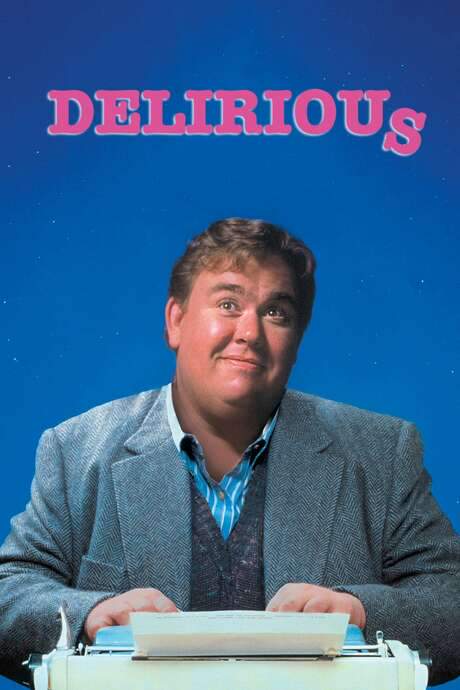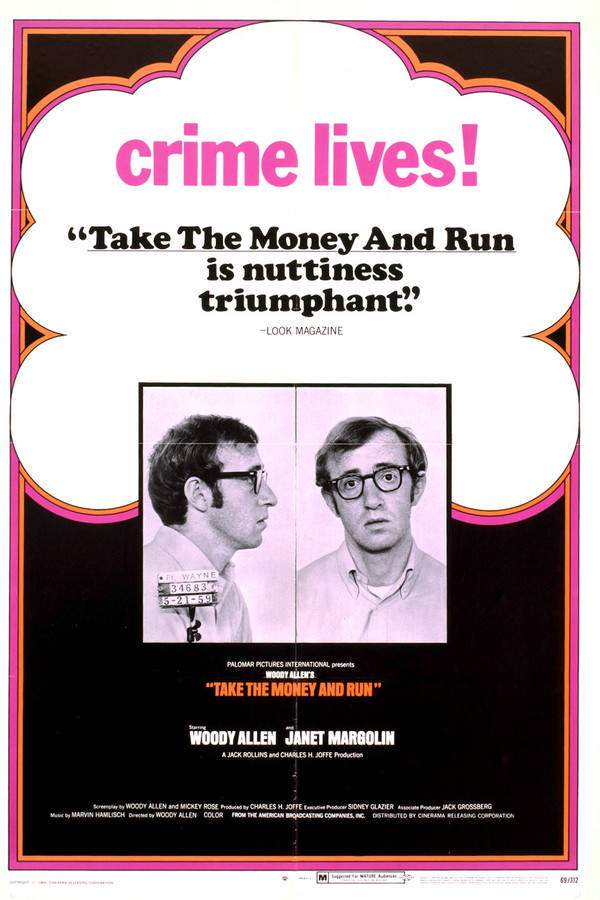
Take the Money and Run
Year: 1970
Runtime: 85 min
Language: English
This comedy follows Virgil Starkwell, a hopelessly inept bank robber portrayed by Woody Allen, as he attempts to become a notorious criminal. The film unfolds as a series of comical mishaps seen through the perspectives of those around him, including his patient wife, Louise. His misguided plans and awkward execution lead to increasingly absurd situations, making for a laugh-out-loud experience.
Warning: spoilers below!
Haven’t seen Take the Money and Run yet? This summary contains major spoilers. Bookmark the page, watch the movie, and come back for the full breakdown. If you're ready, scroll on and relive the story!
Take the Money and Run (1970) – Full Plot Summary & Ending Explained
Read the complete plot breakdown of Take the Money and Run (1970), including all key story events, major twists, and the ending explained in detail. Discover what really happened—and what it all means.
Virgil Starkwell’s tale cleverly parodies the style of prison documentaries, integrating faux “archival footage” and “interviews” with individuals acquainted with him. His parents, overwhelmed by shame, don Groucho glasses during their interviews to conceal their identities. As a child, Virgil becomes a frequent target for bullies, who joyfully snatch his glasses and torment him. Within the school setting, despite excelling on an IQ test, a notable incident occurs when he pilfers a fountain pen. The teacher, aiming to guide him towards honesty, prompts the class to shut their eyes for the thief to return it. Taking advantage of this moment, Virgil not only returns the pen but also seizes the chance to “feel” all the girls.
Transitioning into adulthood, Virgil exhibits a clumsy and socially awkward demeanor. In a misguided attempt to rob an armored truck, he inadvertently brings a cigarette lighter instead of a gun during a standoff, leading to his arrest. His subsequent prison escape plans falter when he tries to use a soap bar shaped like a gun, only to find the rain dissolving his feeble weapon.
After securing parole, his aspiration to rob a local pet shop crumbles when a gorilla frightens him away. While in the park, he stumbles upon Louise; Virgil reflects on how in just fifteen minutes, he recognized he had fallen in love and wanted to marry her, but after thirty minutes, he dismisses the idea of stealing her purse. He resorts to petty theft, snatching coins from a gumball machine to cover their dinner expenses with nickels, a humorous nod to Cool Hand Luke.
Virgil’s next bank heist falls apart when a disagreement arises concerning his illegible handwriting on a demand note. The cashier becomes bemused by his phrasing, questioning what “I am pointing a ‘gub’ at you” even means, while his assertion that it’s meant to be “gun” is met with skepticism. Amidst the confusion, the police make their entrance, leading to Virgil receiving a ten-year sentence in maximum-security prison. He whimsically requests that Louise bake him a cake, slyly asking for a gun nestled within it alongside a dozen chocolate cookies, each embedded with a bullet—an idea she ultimately doesn’t follow through on.
While in prison, he becomes entangled in a mass escape plan, yet the scheme is soon derailed when guards become suspicious of the vanishing uniforms in the laundry. Unbeknownst to him, he’s left out of the loop but manages to slip away during the chaos.
Upon marrying Louise, Virgil grapples with the challenges of providing for his new family. Misleading potential employers about his checkered past, he finds work in a mailroom. Unfortunately, he falls victim to blackmail at the hands of a colleague, Miss Blair, who coerces him into an unwanted romantic entanglement. In a darkly comedic twist, he plots her demise, disguising sticks of dynamite as festive candles. His assassination attempt ends in farce when he accidentally stabs her with a turkey leg instead, culminating in an explosion from the misused “candles.”
Virgil’s streak of misadventures continues with another failed bank heist, thwarted when a rival gang enters the scene, and customers amusingly opt for the other gang to take control instead. This leads to Virgil receiving another ten-year sentence on a chain gang, where he endures harsh treatment alongside an insurance salesman. Echoing the themes of I Am a Fugitive from a Chain Gang, a comical mishap occurs when he asks a fellow inmate if he can smash his chain with a sledgehammer. Unfortunately, the aim is off, resulting in Virgil getting his foot injured instead.
In a nod to The Defiant Ones, Virgil and five other prisoners attempt a collective escape while chained together. Their plans go awry as they hold an elderly woman hostage, orchestrating a ruse for her to claim they are her cousins, all while awkwardly attempting to conceal their chains through synchronized movements. After a scuffle with an officer, they manage to flee, seeking refuge with Louise.
Ultimately, Virgil’s journey lands him back in authorities’ grasp, as he’s recaptured in an ill-fated robbery attempt against a former friend-turned-policeman. Faced with 52 robbery charges, he receives an astounding sentence of 800 years yet maintains an optimistic outlook, reasoning, “with good behavior, I can get that cut in half.” In a final humorous twist, the film concludes with Virgil diligently carving a bar of soap while inquiring about the possibility of rain outside, leaving viewers with a mix of laughter and absurdity.
Last Updated: November 16, 2024 at 11:26
Explore Movie Threads
Discover curated groups of movies connected by mood, themes, and story style. Browse collections built around emotion, atmosphere, and narrative focus to easily find films that match what you feel like watching right now.
Movies with inept protagonists like Take the Money and Run
Stories where hopelessly clumsy characters fail upwards in hilarious fashion.If you liked the hilarious bumbling of Virgil Starkwell in 'Take the Money and Run', you'll enjoy these other movies featuring lovably inept antiheroes. These films find comedy in catastrophic failure, presenting stories of characters whose ambitions wildly outpace their abilities.
Narrative Summary
Stories in this thread typically follow a hapless protagonist with a goal, often involving crime or ambition, which they are spectacularly unqualified to achieve. The plot unfolds as a series of escalating comedic set pieces, each failure more ridiculous than the last, with little genuine consequence or danger.
Why These Movies?
Movies are grouped here for their shared focus on character-based physical and situational comedy derived from incompetence. They maintain a light, playful tone where the protagonist's flaws are the primary source of entertainment, creating a consistent vibe of harmless chaos.
Mockumentary comedies similar to Take the Money and Run
Whimsical parodies that use a documentary style for rapid-fire jokes.Fans of the fake documentary style and satirical humor of 'Take the Money and Run' will find more to love here. These movies parody a genre or institution through a series of rapid-fire, humorous interviews and reenactments, creating a unique blend of structure and silliness.
Narrative Summary
The narrative is driven by the mockumentary framing device, which allows for a non-linear, anecdotal structure. Characters directly address the camera, and the story is often pieced together through testimonials and comedic reenactments, prioritizing joke density over a tightly woven plot.
Why These Movies?
These films are grouped by their shared formal approach—the mockumentary style—which directly influences their tone, humor, and pacing. The faux-serious presentation contrasts with the absurd content, creating a specific comedic rhythm that feels cohesive across titles.
Unlock the Full Story of Take the Money and Run
Don't stop at just watching — explore Take the Money and Run in full detail. From the complete plot summary and scene-by-scene timeline to character breakdowns, thematic analysis, and a deep dive into the ending — every page helps you truly understand what Take the Money and Run is all about. Plus, discover what's next after the movie.
Take the Money and Run Timeline
Track the full timeline of Take the Money and Run with every major event arranged chronologically. Perfect for decoding non-linear storytelling, flashbacks, or parallel narratives with a clear scene-by-scene breakdown.

Characters, Settings & Themes in Take the Money and Run
Discover the characters, locations, and core themes that shape Take the Money and Run. Get insights into symbolic elements, setting significance, and deeper narrative meaning — ideal for thematic analysis and movie breakdowns.

Take the Money and Run Spoiler-Free Summary
Get a quick, spoiler-free overview of Take the Money and Run that covers the main plot points and key details without revealing any major twists or spoilers. Perfect for those who want to know what to expect before diving in.

More About Take the Money and Run
Visit What's After the Movie to explore more about Take the Money and Run: box office results, cast and crew info, production details, post-credit scenes, and external links — all in one place for movie fans and researchers.


